
IJN Ryuujou Desciclopédia
IJN Ryūhō was the converted submarine tender Taigei (1933) until late 1942. Slow and plagued by problems, she was used as an aircraft transport and training, but also fought at Battle of the Philippine Sea, and survived the war.
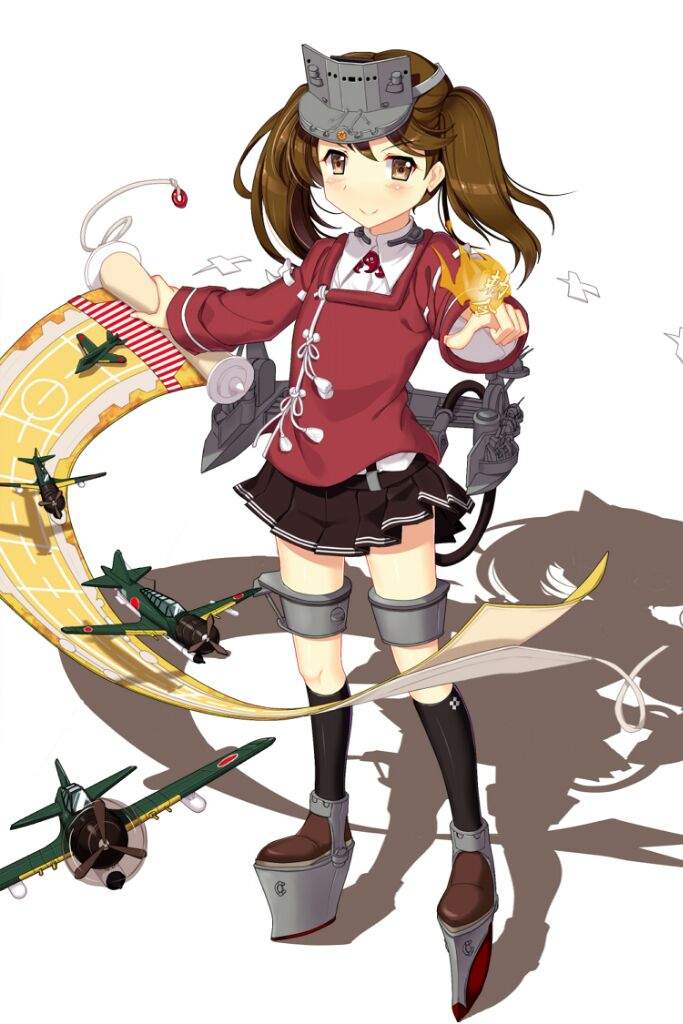
IJN Ryujo/Ryuujou Wiki Kantai Collection [艦これ] Amino
Commissioned in 1933, IJN Ryujo fell victim to American forces during the Battle of the Eastern Solomons on August 24th, 1942. Authored By: Staff Writer | Last Edited: 10/12/2022 | Content ©www.MilitaryFactory.com | The following text is exclusive to this site. VIEW SPECIFICATIONS [+]
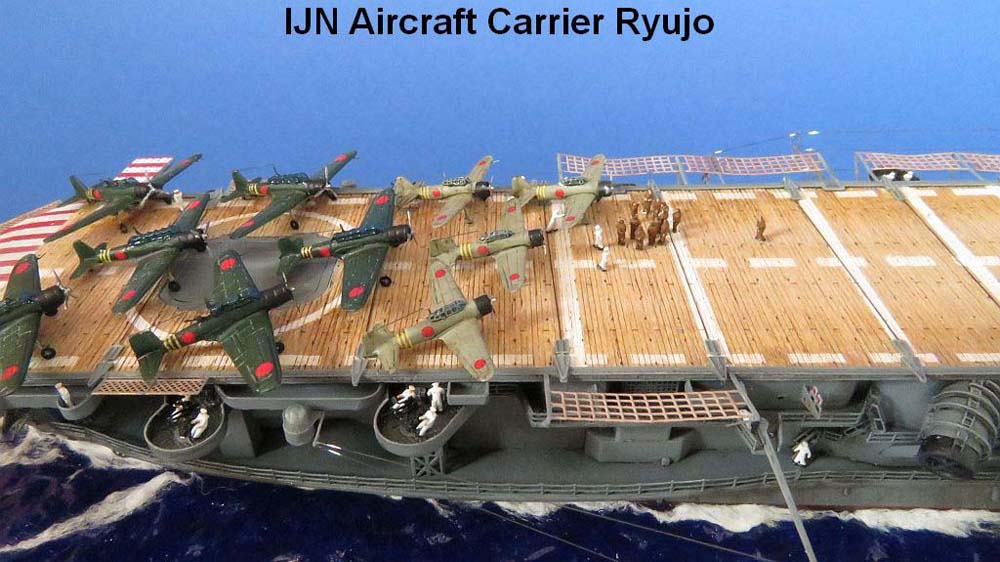
ijn_ryujo_12
75 of The Top 100 Retailers Can Be Found on eBay. Find Great Deals from the Top Retailers. eBay Is Here For You with Money Back Guarantee and Easy Return. Get Your Ijn Today!
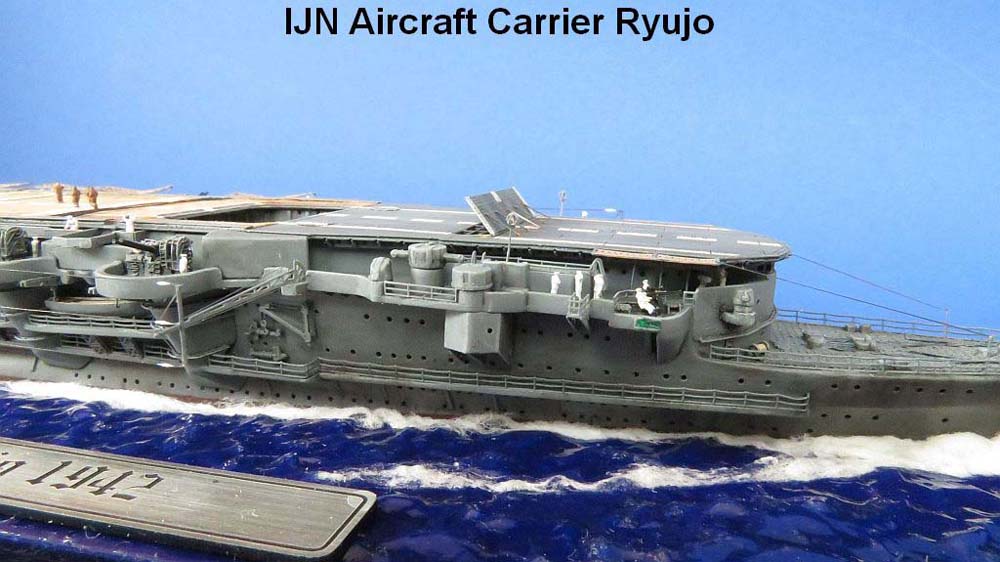
ijn_ryujo_10
Ryujo (Japanese: "Prancing Dragon") was a light aircraft carrier built for the Imperial Japanese Navy (IJN) during the early 1930s.
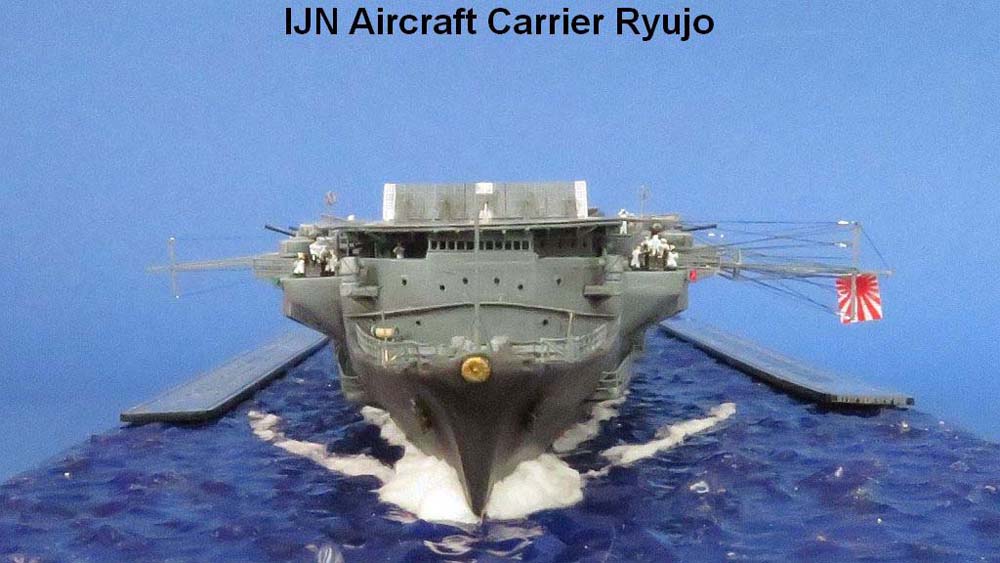
ijn_ryujo_7
Japanese aircraft carrier Ryūjō Coordinates: 06°10′S 160°50′E Ryūjō ( Japanese: 龍驤 "Prancing Dragon") was a light aircraft carrier built for the Imperial Japanese Navy (IJN) during the early 1930s.
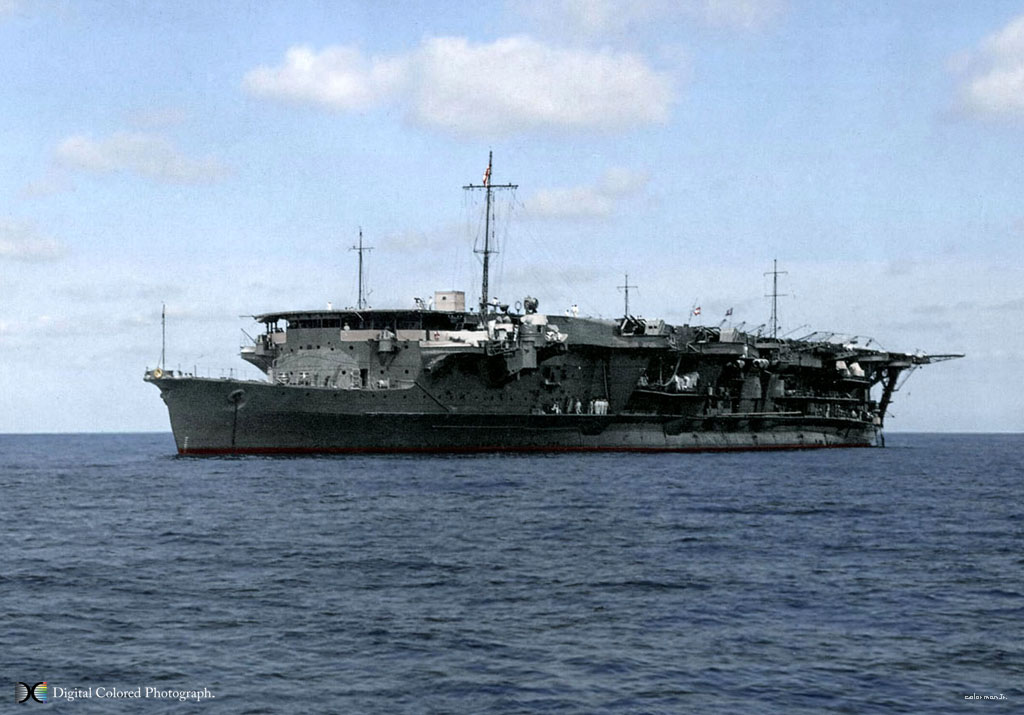
IJN Ryujo Carrier
Ryūhō (龍鳳, "Dragon phoenix") was a light aircraft carrier of the Imperial Japanese Navy. She was converted from the submarine tender Taigei (大鯨, "Big Whale"), which had been used in the Second Sino-Japanese War.

Warship Ryujo03
Dragon Hunter: Ryuujou's Rise IJN Ryuujou is changing into her new attire. She will grace your dock in the near future, Commander. #AzurLane #Yostar https://t.co.

IJN Ryujo Линейный корабль, Корабль, Военноморской флот
"Dear Commander, The IJN Ryuujou has been added to the Merit Shop permanently. Commanders can earn merit by participating in Exercise. #AzurLane #Yostar"

IJN light carrier Ryūjō, looking like a floating warehouse with a
Ryuujou. CN: 蛮啾,猫猫,小枭! After launching an airstrike, 40% (70%) chance to release the power of United Fleet: increases own Air Power and all CVLs' Reload by 5% (15%), and decreases damage taken by all CVs/CVLs by 5% (15%) for 8s. 5s after own airstrike finishes loading: launches a Level 1 (Level 10) dive bomber squadron.
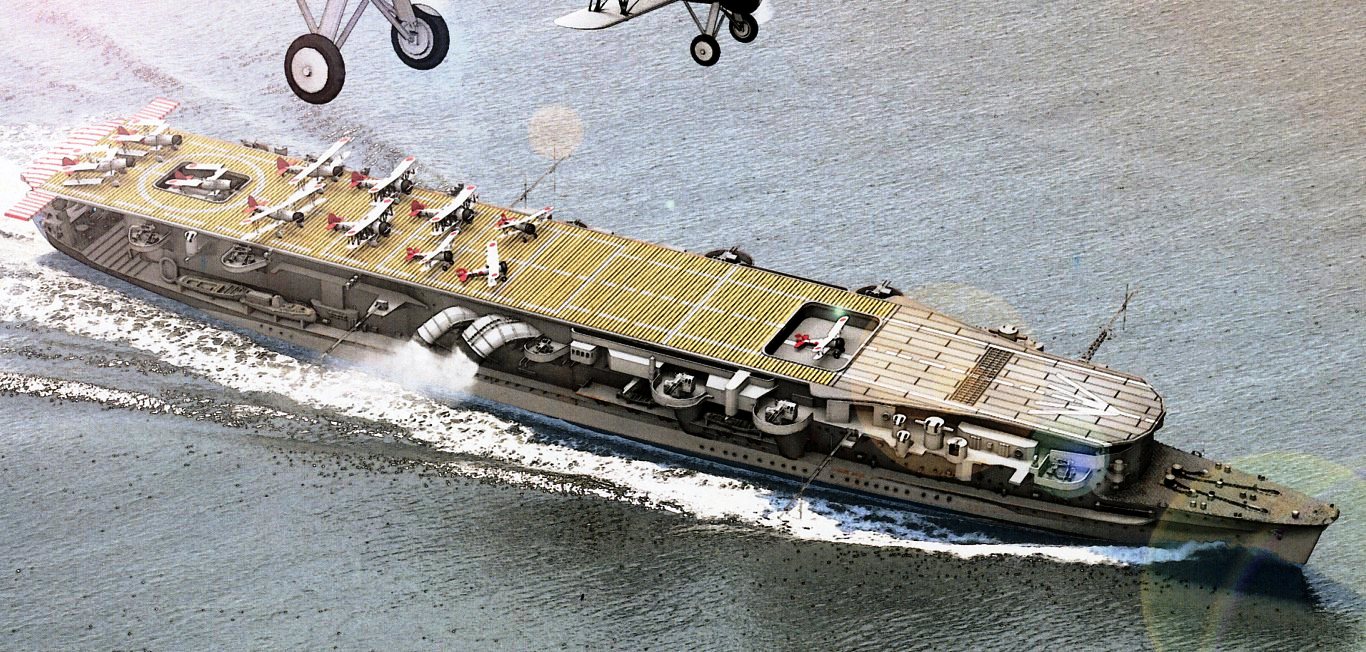
ThreeD Wild IJN Ryujo
Ryūjō was a light aircraft carrier built for the Imperial Japanese Navy (IJN) during the early 1930 She was sunk at the Battle of the Eastern Solomons
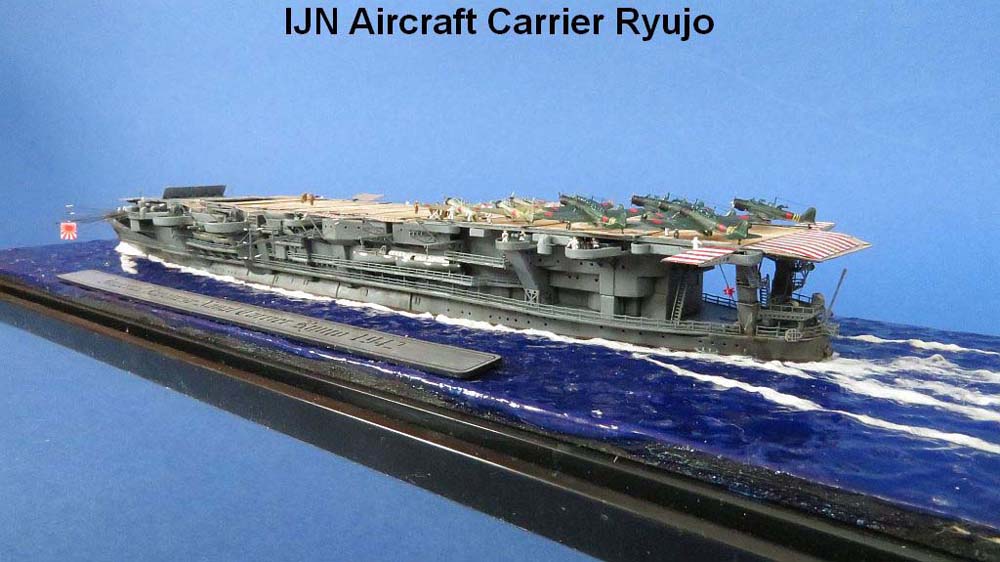
ijn_ryujo_5
During the IJN's naval blitzkrieg of 1941-42, Ryuujou assisted the Japanese invasion in the Philippines and attacked the American naval base at Davao, Mindanao, on December 8th, 1941. She did little damage and lost two planes to two American Catalinas.
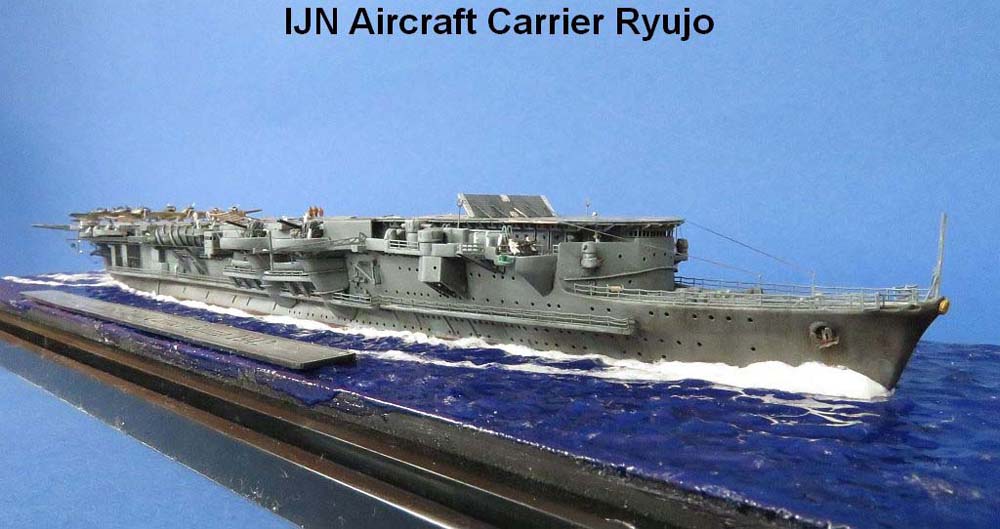
ijn_ryujo_2
IJN Ryuujou (1931) turns eighty-nine years old today. Ryuujou, the Kamen Rider reference prancing dragon ship girl and the Ranger from the Land of the Rising Sun, prides herself as a great carrier, pushing herself hard even as others in her Sakura Empire want a break.

Warship Ryujo12
There was considerable Axis naval activity in Australian waters during the Second World War, despite Australia being remote from the main battlefronts. German and Japanese warships and submarines entered Australian waters between 1940 and 1945 and attacked ships, ports and other targets. Among the best-known attacks are the sinking of HMAS Sydney by a German raider in November 1941, the.

Warship Ryujo19
The Imperial Japanese Navy Ryūjō was a light fleet carrier built at Mitsubishi in 1929-32 and sunk during the Battle of the Eastern Solomons, 24 August 1942

Japanese aircraft carrier Ryūjō Front 龍驤 (空母) Wikipedia Navy
Today, April 2nd, it is the launch day for the ironing board dragon herself, IJN Ryuujou (1931), and the 2nd pink haired sister to Nimi, KMS Z26. Ryuujou was initially designed to exploit a loophole in the Washington Naval Treaty where no Ship below 10,000 tons could be considered an aircraft carrier.

The Illegal Aircraft Carrier Ryūjō YouTube
Ryūjō (Japanese: 龍驤 "prancing dragon") was a light aircraft carrier built for the Imperial Japanese Navy (IJN) during the early 1930s. She proved to be top-heavy and only marginally stable and was back in the shipyard for modifications to address those issues within a year after completion.